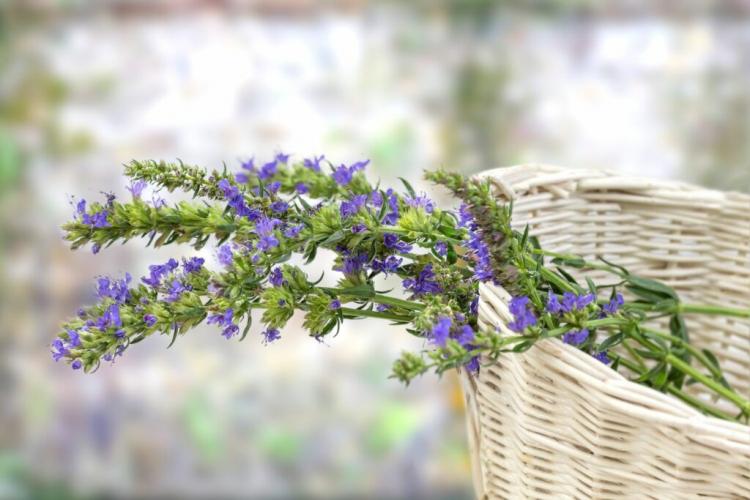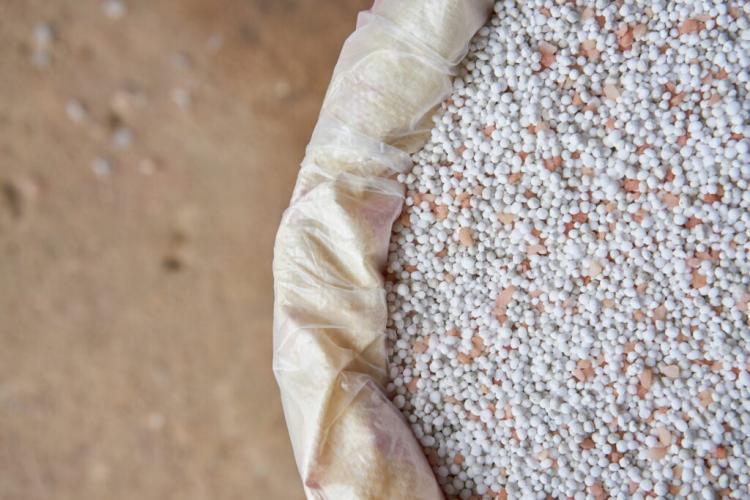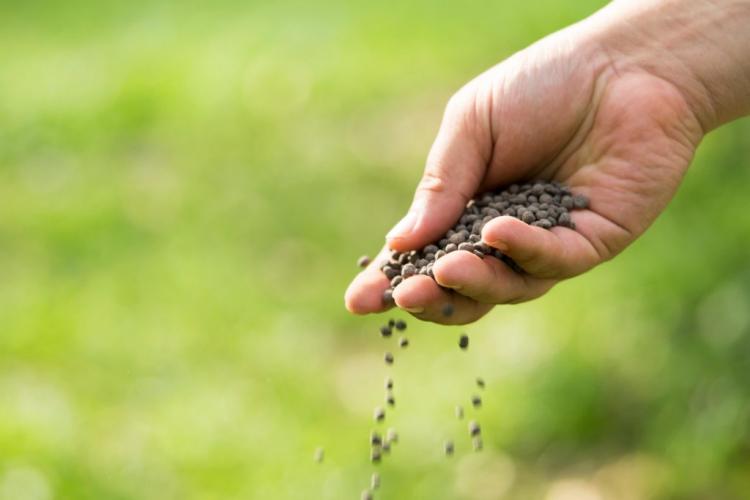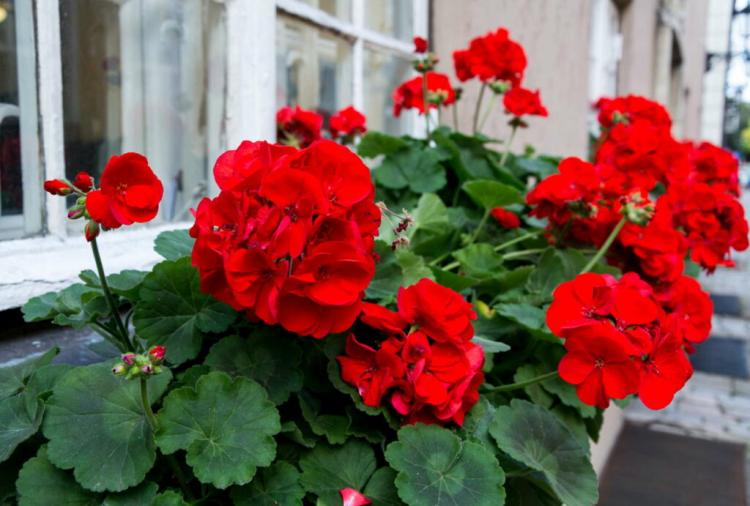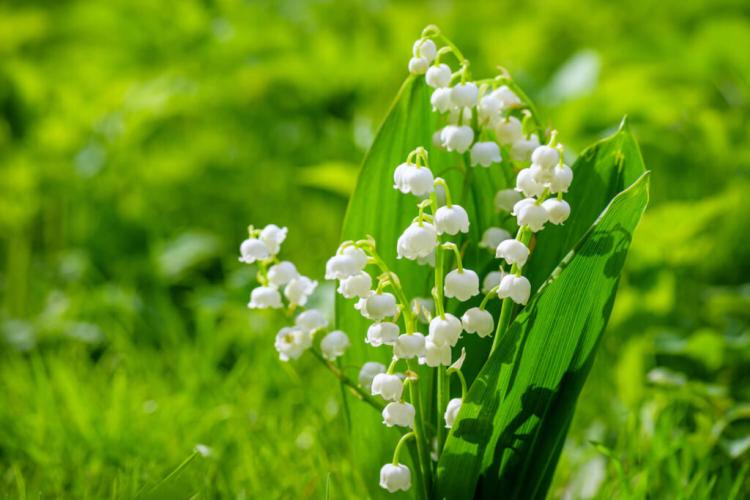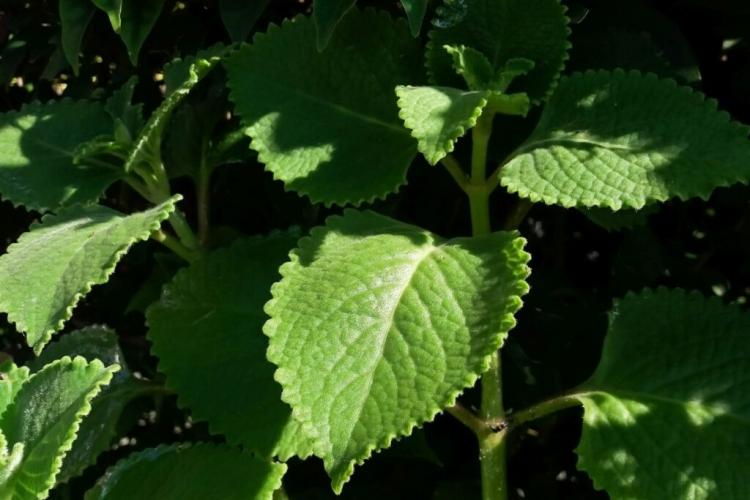Knollenziest: Taste & Cultivation of Japanese Potatoes
These days, bulbous zest is rarely grown in the home garden, but it is very easy to cultivate. With us you can find out everything about the origin, planting and harvest of bulbous ziest.

Bulbous ziest forms edible, knobby-constricted rhizome bulbs underground [Photo: julie deshaies / Shutterstock.com]
Knollenziest is a popular delicacy, especially in France, but is one of the vegetables that we have forgotten. We introduce the unusual perennial and give tips on the cultivation and use of bulbous zest.
Knollenziest: taste, origin and properties
Table of Contents
The bulbous ziest ( Stachys affinis ), also called Stachys or Crosne du Japon, belongs to the mint family (Lamiaceae). The unusual vegetable originally comes from northern China and is therefore also known as the Chinese artichoke or Japanese potato. The bulbous ziest grows as a perennial, frost-hardy perennial and is around 50 – 80 cm high, in exceptional cases up to 120 cm. The rather bushy growing plant forms numerous 4 – 6 cm long white, knobby-constricted rhizome tubers at its roots underground. Inside there is juicy and firm pulp. Above ground, the bulbous ziest shows hard, square stems with serrated and rough leaves arranged opposite to one another. The Chinese artichoke blooms between July and August and opens its nectar-rich, whitish, red to purple-colored lip flowers. In our latitudes, however, the bulbous ziest hardly produces any seeds. The taste of the edible nodules is reminiscent of artichokes ( Cynara scolymus ), black salsify (Scorzonera hispanica ) and cauliflower ( Brassica oleracea var. Botrytis) and are especially known in France and valued as a delicacy. The vegetable was introduced to Germany at the end of the 19th century, but was soon forgotten again.
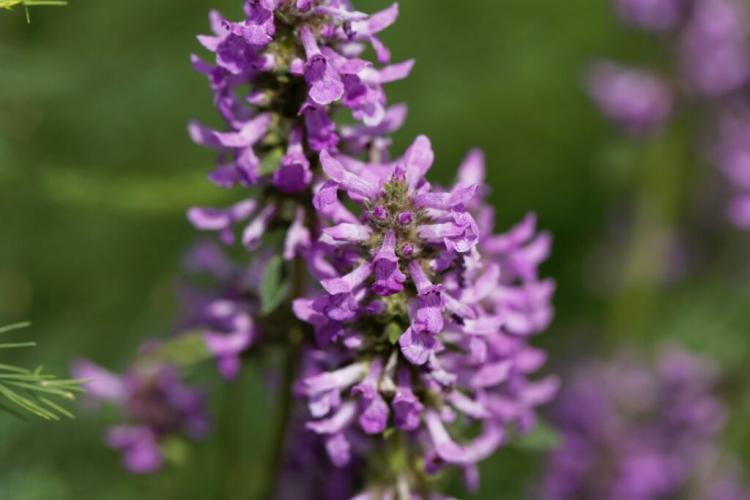
The flowers of the bulbous zircon rarely produce seeds. [Photo: ChWeiss / Shutterstock]
The most important steps in cultivating bulbous zest
Crosne is grown as a perennial vegetable, similar to Jerusalem artichoke ( Helianthus tuberosus ). Tuberous zest prefers loose, nutrient-rich garden soils with good water storage. The location should be partially shaded to full sun. In March the nodules are planted about 8-10 cm deep in the ground. A planting distance of 20-30 cm should be kept between the plants.
The cultivation of Knollenziest is also possible in the pot, whereby the planter should hold at least 5 – 10 liters of soil volume per plant. A high-quality, pre-fertilized potting soil, such as our Plantura organic tomato and vegetable soil, is suitable for growing Japanese potatoes on balconies and patios. In order to avoid waterlogging, in addition to good water drainage, an approx. 5 cm high drainage layer made of sand, gravel or expanded clay should be filled at the bottom of the pot. Put potting soil in the container, put the bulbous zest plant or the bulbs in it and press the soil well all around. After planting, it should be watered vigorously.
Tip : In order to avoid viral diseases, the tuber should move to another area after 3 – 4 years.
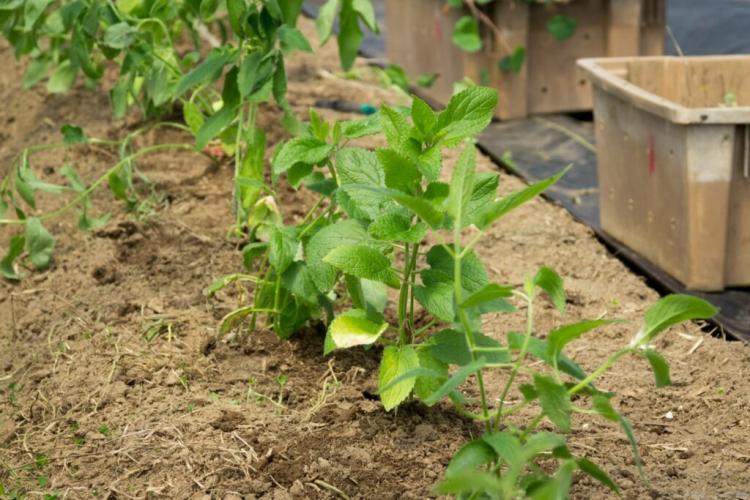
Individual Crosne plants should be placed at a distance of 20-30 cm. [Photo: julie deshaies / Shutterstock.com]
Caring for the Chinese artichoke properly
Knollenziest has a relatively high water requirement. Especially in summer after planting you should water so that the perennial can grow well. The plant rewards regular watering with higher yields and larger tubers. Once the bulbous zest has established itself, it hardly needs any care. The green part of the plant dies in autumn and sprouts again in the following spring. Shortly before budding, the dead plant material can be cut back to make it easier for them to sprout. Spring is also the right time to fertilize the perennial vegetables. The nutritional requirement is medium and roughly comparable to that of carrots ( Daucus carota ). A predominantly organic long-term fertilizer, such as our Plantura organic tomato fertilizer, is lightly incorporated on the surface around the plant and gently releases its nutrients over a period of weeks.
Knollenziest is completely hardy in the bed. However, if it is cultivated in a pot, it should be provided with insulating protection against the cold from needle branches, fleece or jute. Crosne du Japon is only propagated via the rhizome tubers, as it rarely or hardly forms seeds. This means that you can easily propagate your own bulbous zest plants in the spring. Instead of being sold in the form of seeds, bulbous zest is sold as a potted plant because the bulbs are delicate and dry out quickly.
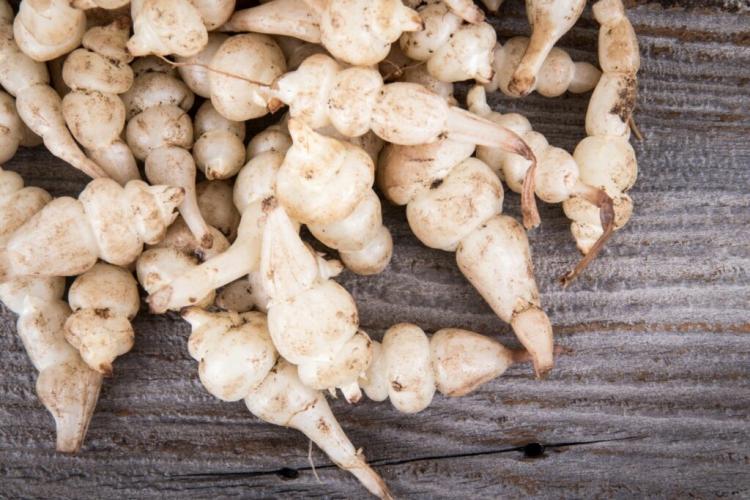
Large tubers can be eaten in winter, while tubers that are too small are suitable for propagation. [Photo: sanddebeautheil / Shutterstock.com]
Harvest and use bulbous ziest
The Chinese artichoke harvest begins at the end of October. 1 – 3 kg of tubers can be expected per square meter. If the ground is not frozen, you can always harvest fresh until January as needed. As with the potato harvest, a digging fork is ideal for harvesting.
Bulbous zest is a healthy vegetable, but it is very difficult to store. Wrapped in damp cloths and stored in a cool place at around 2 ° C, the tubers can only be kept fresh for a few days. Tuberous zest only has a very thin, delicate shell and does not have to be peeled, it just needs to be washed well. In most Knollenziest recipes, the tender tubers are fried in butter or first briefly blanched and then processed like asparagus. The bulb can also be prepared in salads, as a side dish, in curries, casseroles and cream sauce.
Another, little-known type of vegetable with underground tubers is the creeping earth pear ( Apios americana ). In our profile you can find out everything about origin, cultivation and use.

